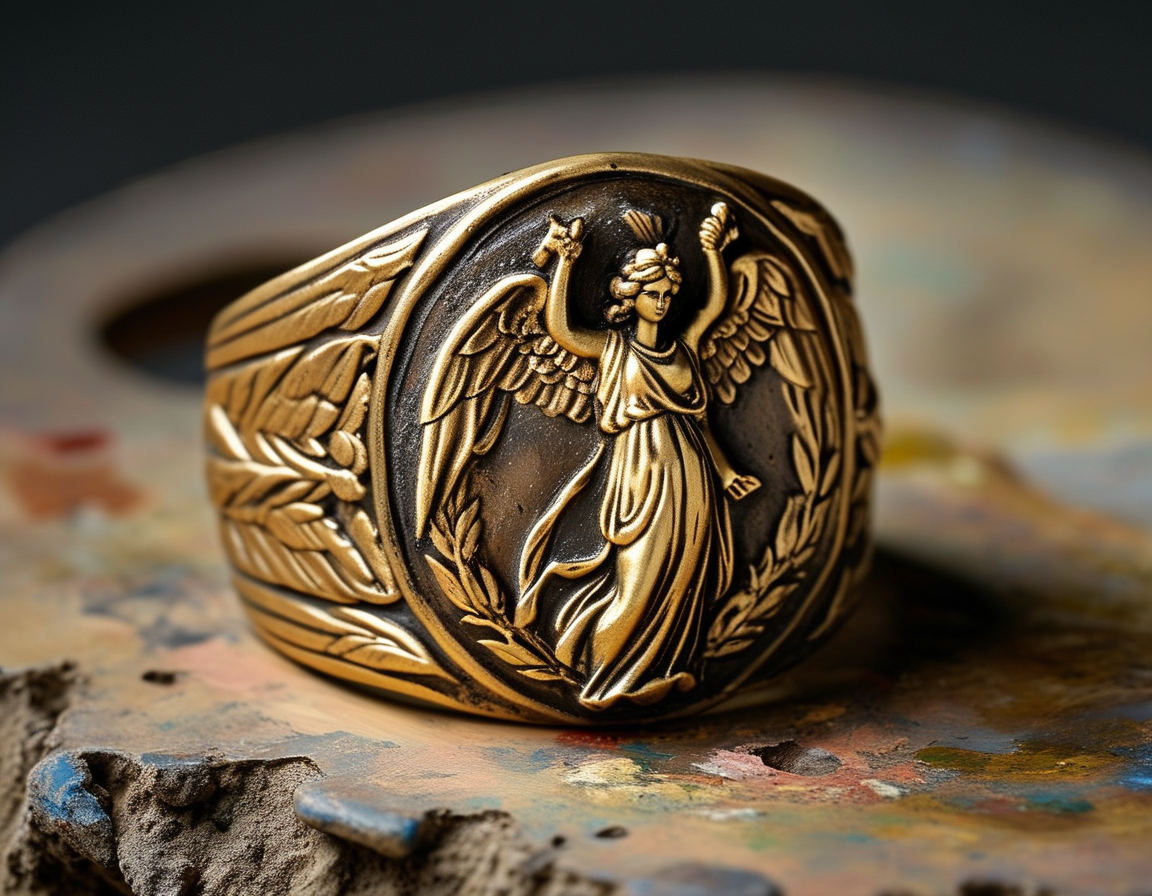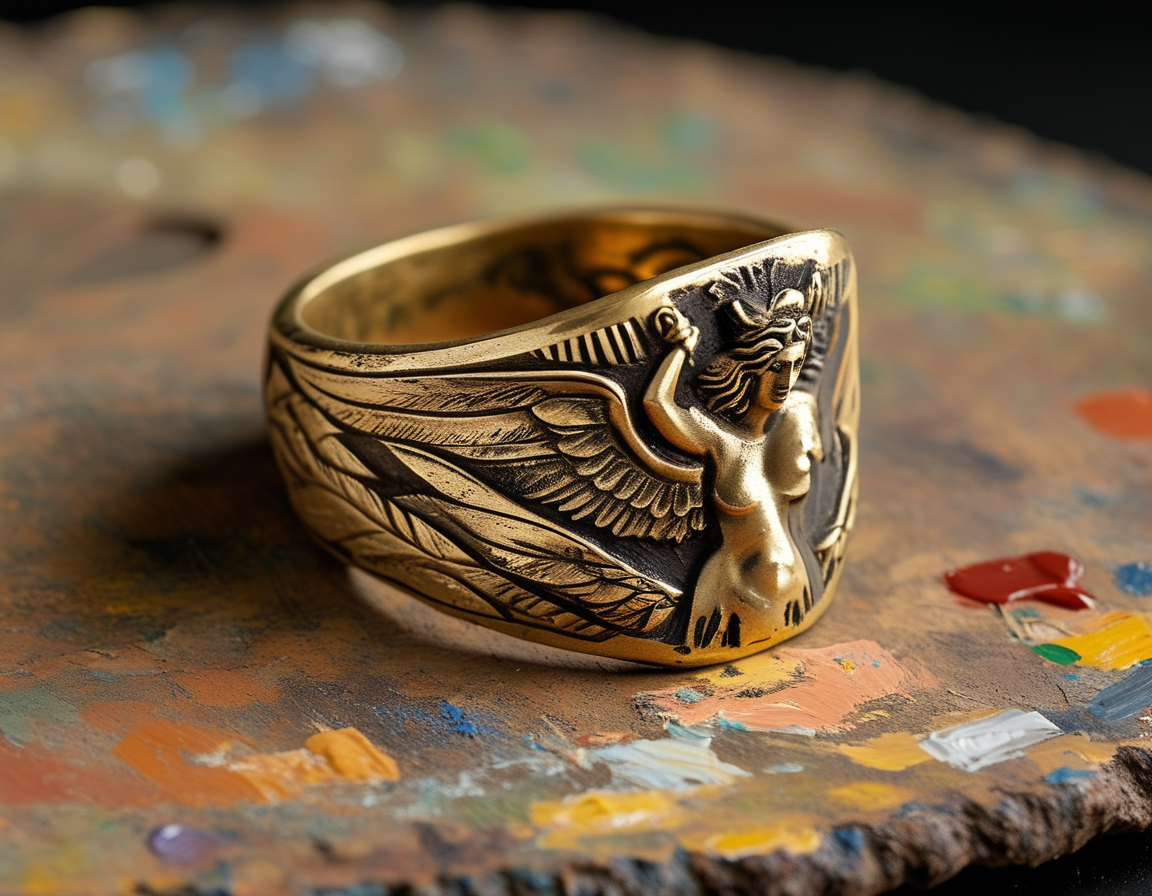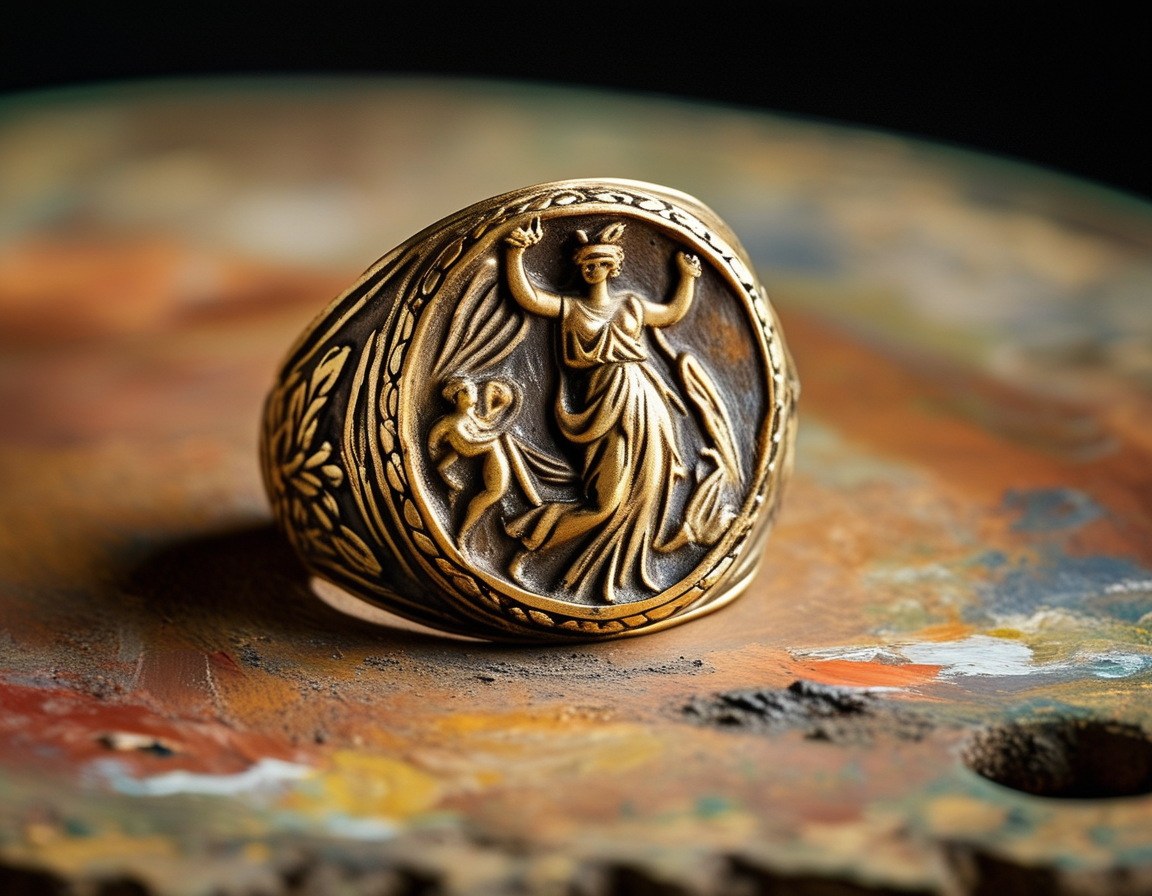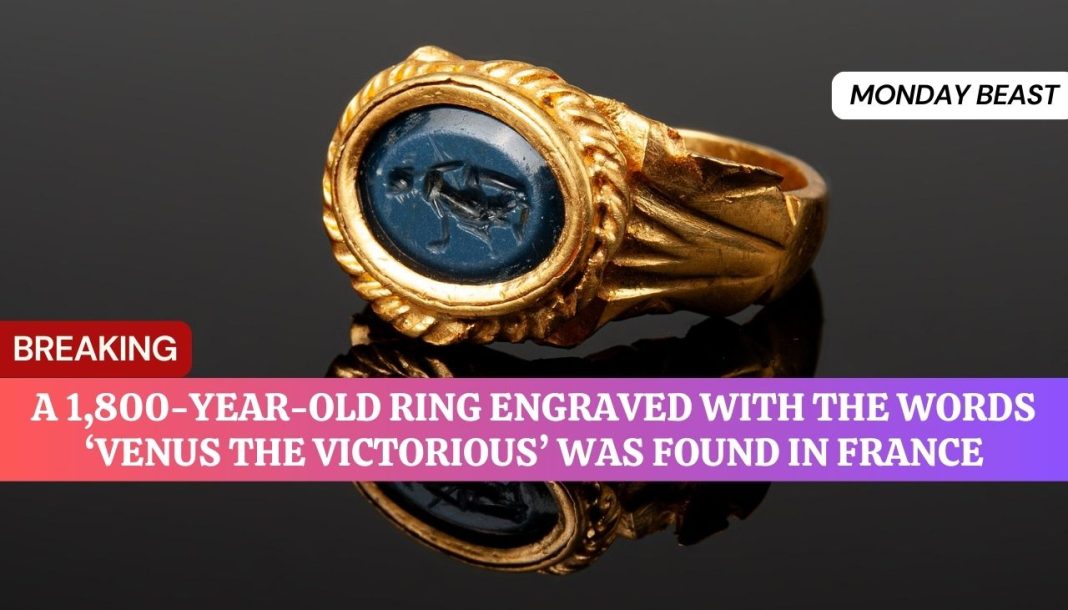Recently, archaeologists struck gold—literally—when they uncovered an astonishing 1,800-year-old gold ring in Brittany, France. This ring is not just a pretty piece of jewelry but a portal to the past. Featuring the goddess Venus the Victorious, this rare find has sparked intrigue about ancient Roman and medieval civilizations.

The ring was part of an excavation overseen by the French National Institute for Preventive Archaeological Research. Imagine how thrilling it must feel to brush away dirt and find something that has been hidden for nearly two millennia! Archaeologists discovered it near a Roman road. This road, constructed between the 2nd and 4th centuries CE, likely facilitated trade and cultural exchange. Its extensive history is written in the very wheel ruts visible along its course.
The artistry on the gold ring is remarkable. Crafted from Nicolo, an onyx with a captivating bluish-black hue, the image of Venus sends a powerful message of beauty and strength. For ancient Romans, such jewelry was more than mere adornment. It symbolized status and even spiritual significance.

Additionally, the excavation revealed a medieval hamlet from the 5th to 10th centuries. Imagine walking through a settlement complete with homes, pastures, and grain storage silos—each telling a story of daily life and struggles. Wooden and earth materials were prevalent in construction, offering a glimpse into how ingenuity shaped habitation. What was life like for these medieval people?
In a remarkable twist, the team also uncovered twelve Carolingian silver coins from the 9th or 10th century. The condition of these coins suggests an urgency about their placement, potentially linked to the Viking raids that threatened the stability of the Empire. Did these pressures lead the community to abandon their homes? Questions swirl around this finding.

But it’s not only the medieval era that sheds light on this excavation. Pottery fragments from the Late Bronze Age indicate an even longer history. Imagine a bustling life from a Bronze Age settlement transitioning into a medieval community. Each artifact contributes to a narrative that spans centuries, weaving together the lives of those who walked the same soil we walk on today.
Architectural evidence like terracotta molds hints at unidentified workshops—perhaps the birthplace of weapons designed for both trade and defense. An Early Iron Age funerary circle discovered on-site enriches the understanding of burial practices in that region. What significance did these spaces hold for their temporary inhabitants?
This journey from ancient relics to medieval finds emphasizes the evolution of agricultural practices over thousands of years. It also opens discussions about technological advancements that shaped daily survival. Each discovery serves not only as a historical key but as a reminder of the resilience of communities that built their lives amidst shifting sands of time. Who were they? What challenges did they face?
Through the perspective provided by this excavation, we gain invaluable insights into the interconnectedness of cultures throughout history—linking ancient civilizations to their medieval successors in a rich tapestry that is still being woven today. So, what future stories await in the soil of Brittany? The truth is, every excavation is a potential doorway to the unknown, a chance to connect with humanity’s distant past.




